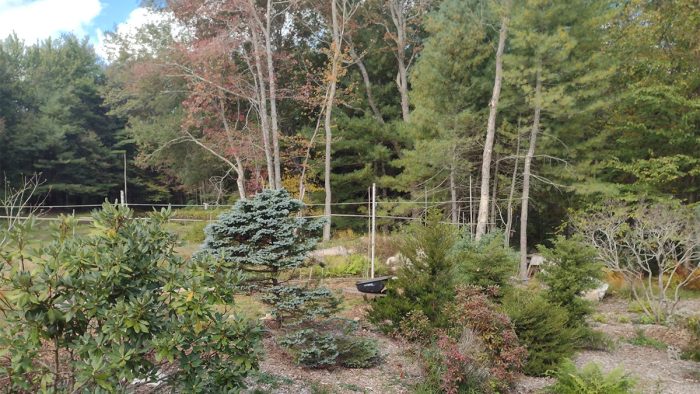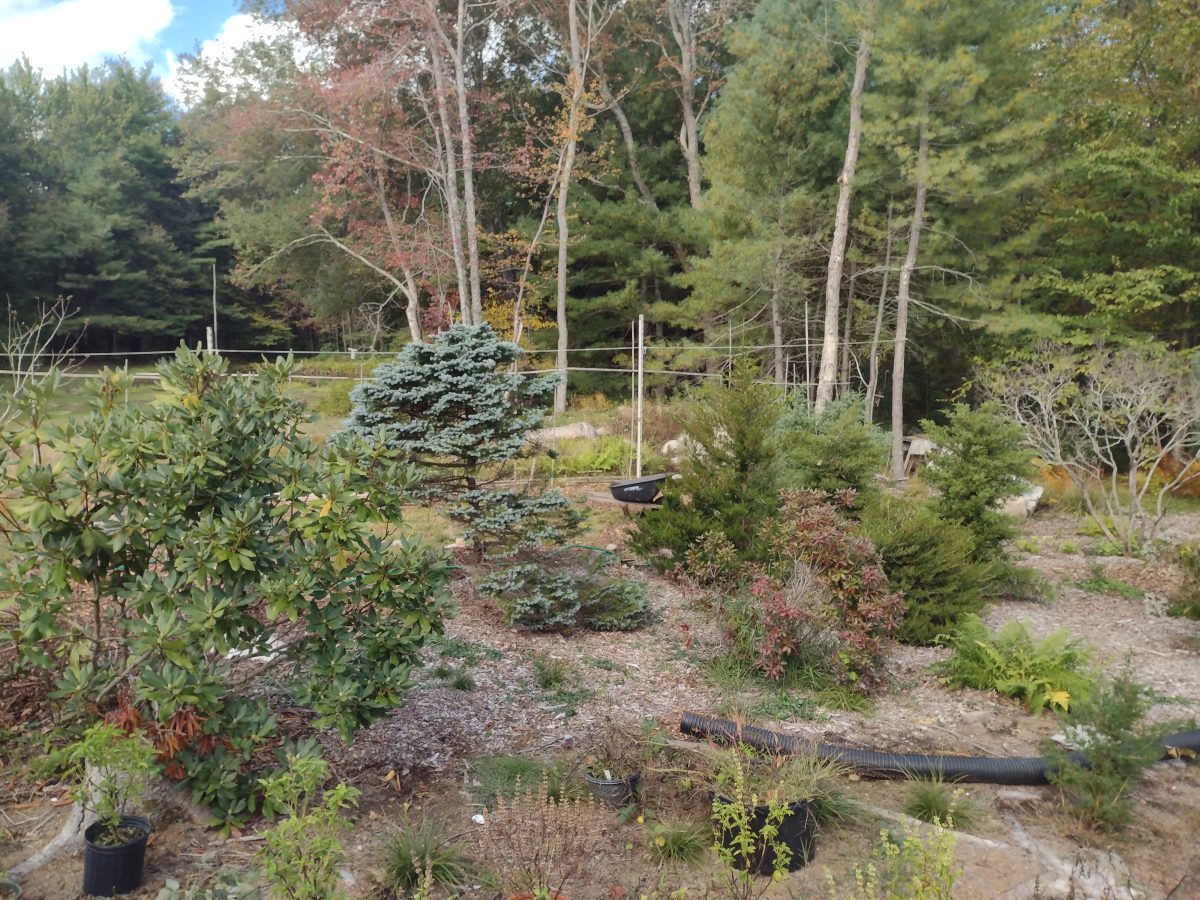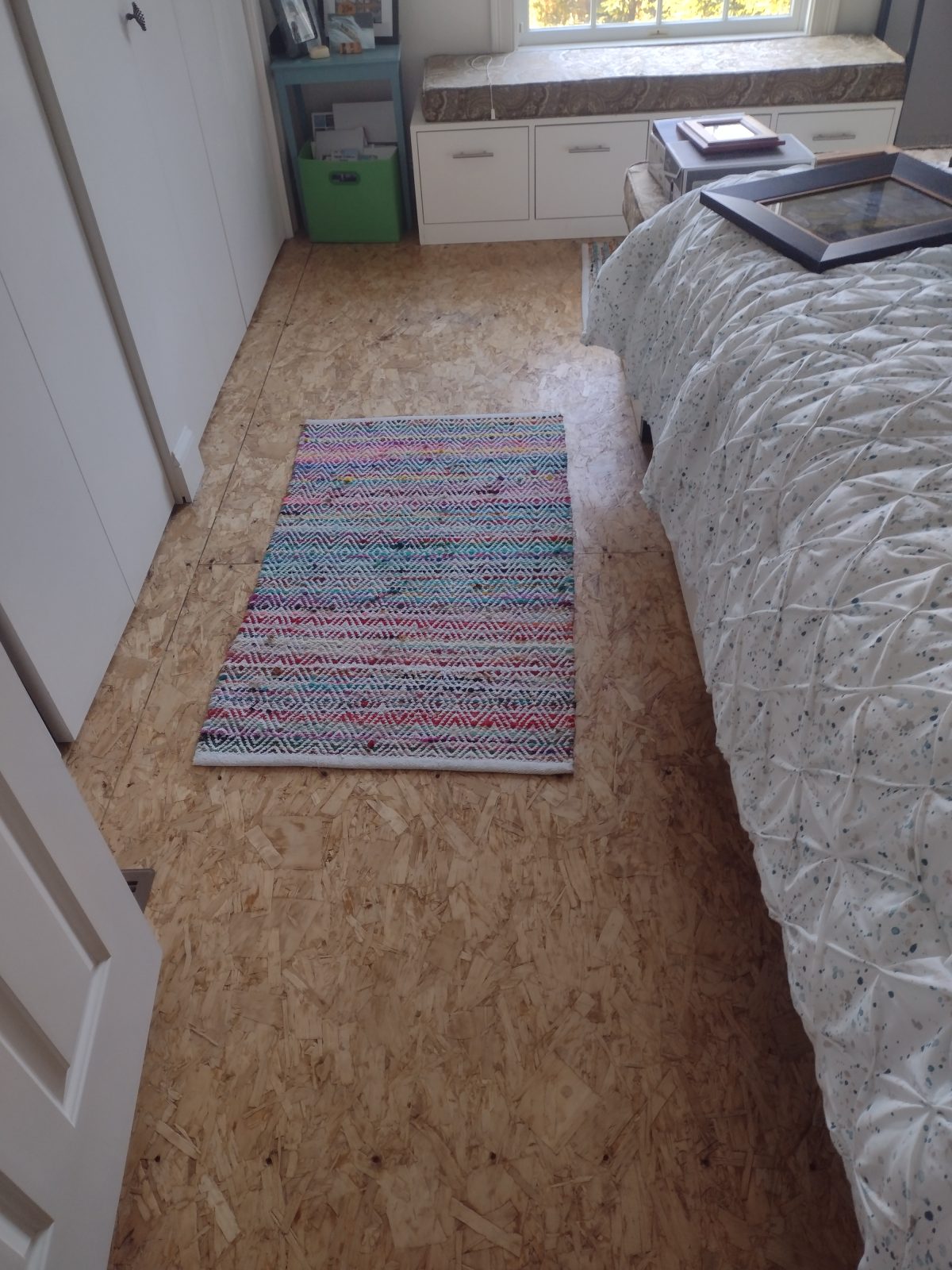Podcast Episode 657: Affordable New Builds, Backfilling Foundations, and Peeling Paint
Listeners ask about affordable home builds, installing a patio on foundation backfill, and dealing with peeling paint on masonry.

Welcome to the Fine Homebuilding podcast, our weekly discussion of building, remodeling, and design topics aimed at anybody who cares deeply about the craft and science of working on houses. This is senior editor Patrick McCombe. I’m joined by Fine Homebuilding editorial advisor Mike Guertin, Fine Homebuilding contributing editor and production manager for TDS Custom Construction Ian Schwandt, and producer Andres Samaniego. Please email us your questions to [email protected].
You can find previous podcasts and check out the show notes at finehomebuilding.com/podcast
 |
Note: The Fine Homebuilding Podcast team is always looking for ways to improve, so we’re switching up our video strategy. But don’t worry—you’ll still be able to watch all your favorite clips from the show. Check out our YouTube channel or keep scrolling to see more!
Check in:
Mike: Building Lot

Ian: BS* + Beer Building Science Symposium
Andres: Upcoming video shoots of Casey Knips’s door project
Question 1: What are your strategies for an affordable home build?
Clinton from West Virginia writes:
Hi Patrick and gang,
My fiancé and I live in a rural area in West Virginia—redundant, I know—which is Climate Zone 5. We both work as foresters in the public sector, and we’ve been looking to purchase our first home. Like most other places in the US, home prices here have increased here significantly in recent years and we’ve found the market rate of decent housing to be just out of budget.

I’ve been offered a piece of vacant land to purchase, and we’re considering buying it and having a new home built. Although the land is almost completely south-facing hillside, we think it could work. After the price of the land, we’re expecting to have a budget of around $200,000. A recommended local builder gave us a ballpark estimate of $125-$150 per square foot for a new build, which I understand to be about as cheap as it gets in the US.
After considering site-prep costs, water and sewage costs, and wiggle room, we’re aiming to build an approximately 1,000-sq.-ft. home with at least 2 bedrooms and 1.5 baths. I’ve spent some time online looking at house designs that fit the bill and find them to be overly complex. We’re not looking to build a dream home, just a relatively affordable and comfortable place to live for the foreseeable future.
I’ve found some online discussion about how to get the most bang for your buck when designing a home: keep the footprint as square as possible; build up instead of out to reduce the size of the footprint; no vaulted ceilings; 8-ft. wall heights; consider a basement if frost line is deep enough that it’d make sense; and a 4:12 roof pitch to reduce the cost of roof design. I was wondering if you, Patrick (given your experience with Habitat for Humanity), or the others have any other tips?
Additionally, we don’t expect to be able to afford a super airtight house, and we will likely be heating with a woodstove in the cold months, but do you have suggestions of budget-and-builder-friendly features that could be included to make the building as comfortable as possible? Large overhangs? 2×6 walls? Exterior insulation? I know these things are generally good ideas, but I have concerns about budget, builder-friendliness, and that including some features and not others can cause issues that otherwise wouldn’t occur in a “leaky” house.
I’m afraid that, after researching building science a bit and listening to the podcast for some time, I know just enough to be dangerous, and I find myself a little lost. Sorry for the long email, thanks for any tips, and let’s go Bucs! (I lived in the Bloomfield area of Pittsburgh for a couple of years).
Take care,
Clinton
RELATED STORIES
- Choosing a Building Site
- Managing Costs for Owner/Builders
- Building the Best Affordable House: 10 Tips for Getting the Most for Your Money
Question 2: Do I need to wait for a new house to settle before installing a patio on foundation backfill?
Ellen writes:
We’re planning to buy a newly built house. The builder doesn’t offer much in the backyard, just a small 12-ft. by 12-ft. deck. I’d like a larger entertaining area. It’s only two steps from the deck to the lawn so rather than building a larger deck I think a hardscape patio would work well. When I asked the contractor about this he cautioned me that the area alongside the foundation hasn’t settled yet so a patio was a bad idea. He said it could take years for settling to stop. How long should I wait to have a patio installed? Is there any way to accelerate the settling process. Thank you for your help.
RELATED STORIES
Question 3: What’s the best way to deal with moisture and peeling paint on masonry?
Philip writes:
Hello,
I am an American DIYer living in Italy. I enjoy your site and would appreciate some advice and guidance from the masters. I have read some exchanges on vapor, air, and condensation but still have a few questions.
I recently bought an old stone fixer-upper in the Umbria region. The walls are traditional, made of stones and mortar. The interior of the walls is lined with mortar and a layer of plaster. The back of the one-floor house is built right up against the rock at the base of a mountain. Paint peels on the interior of that wall because of the infiltration of moisture from the outside.
I was thinking of putting up metal studs against that wall and then sheets of concrete waterproof Sheetrock (such as Knauf Aquapanel) to create a new wall surface on which to apply paint or another covering, such as wood slats.
My question is: should I seal the entire new wall, making the space behind it airtight, or leave a few openings for air to circulate behind it? I cannot open an air duct from the outside, because, as mentioned above, it is built right up against thick, solid rock.
Thank you wholeheartedly in advance,
RELATED STORIES
Sign up for our new eLearning course Sketchup for Builders with Jon Beer.
Well, unfortunately that is all the time we have for today. Thanks to Mike, Ian, and Andres for joining me and thanks to all of you for listening. Remember to send us your questions and suggestions to [email protected] and please like, comment, or review us no matter how you’re listening–it helps other folks find our podcast.
Happy Building!
Fine Homebuilding Recommended Products
Fine Homebuilding receives a commission for items purchased through links on this site, including Amazon Associates and other affiliate advertising programs.

Reliable Crimp Connectors

8067 All-Weather Flashing Tape

Affordable IR Camera

























